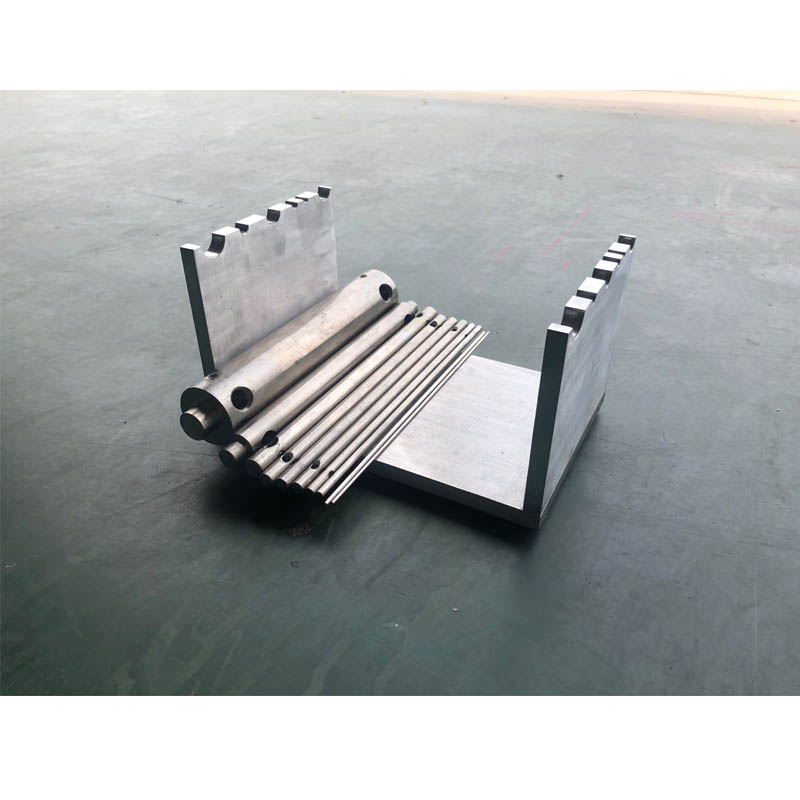Universal Tensile Test Equipment for Material Strength Assessment and Analysis
Understanding the Universal Tensile Testing Machine
The Universal Tensile Testing Machine (UTM) is an essential apparatus in the field of material science and engineering, widely utilized to ascertain the mechanical properties of materials. This versatile equipment plays a crucial role in the quality control and research phases of material development, ensuring that products meet specific strength and elasticity requirements.
What is a Universal Tensile Testing Machine?
A Universal Tensile Testing Machine is designed to apply a uniaxial tensile force to a material sample until it deforms or fractures. The machine operates by extending the material along its length and measuring the resultant force and elongation. This data is crucial for determining key mechanical properties, including tensile strength, yield strength, elongation, and modulus of elasticity.
UTMs come in a variety of configurations, often incorporating features for additional tests such as compression, bending, and torsion. They are equipped with precise measurement devices and software that deliver accurate readings and graphical analysis of the testing data.
Importance of Tensile Testing
Tensile testing is fundamental in material science as it provides vital insights into how materials behave under stress. Knowing the tensile properties of materials helps engineers and designers select appropriate materials for specific applications, ensuring safety and reliability in performance.
For example, in the construction industry, materials like steel must possess adequate tensile strength to withstand the stresses placed upon them during use. Similarly, in aerospace engineering, understanding the tensile properties of lightweight materials is critical for achieving both safety and efficiency.
Components of a Universal Tensile Testing Machine
A standard UTM comprises several key components
1. Load Frame The load frame houses the tensile testing equipment and provides structural support. It is designed to withstand high levels of force.
2. Crosshead The crosshead moves vertically and is responsible for applying the tensile load to the specimen. Its movement can be controlled manually or automatically through a computer interface.
universal tensile testing machine

3. Grip Fixtures These fixtures secure the material sample in place during testing. Various types of grips are used depending on the shape and size of the specimen being tested.
4. Measurement Systems Modern UTMs include load cells and extensometers. Load cells measure the amount of force applied, while extensometers measure the elongation of the material.
5. Computer Software Most UTMs are integrated with sophisticated software that facilitates real-time data acquisition, analysis, and reporting. This software allows users to visualize the stress-strain curve, which is essential for understanding material behavior.
The Testing Process
The testing process begins by preparing the sample according to standardized dimensions and shapes. The specimen is then placed in the grips of the machine. Once secured, the crosshead moves at a constant rate, applying tension while the load and elongation are recorded simultaneously.
As the test progresses, the machine will eventually reach the yield point of the material, where it begins to deform plastically. This transition is critical as it indicates the maximum stress the material can withstand before permanent deformation occurs. Eventually, the material will reach its ultimate tensile strength and fail, providing data necessary for analysis.
Data Interpretation
The outcome of a tensile test is often presented in the form of a stress-strain curve. This curve illustrates the relationship between stress (force per unit area) and strain (deformation). Key points on this graph help to identify various mechanical properties of the material, such as elastic limit, yield strength, tensile strength, and the point of fracture.
Conclusion
The Universal Tensile Testing Machine is an indispensable tool in material testing, providing engineers and researchers with essential data to inform material selection and ensure product performance. As technology advances, these machines become increasingly precise and efficient, enhancing our understanding of material properties. Through rigorous testing, industries can develop safer, more reliable materials that meet the evolving demands of modern applications.
In summary, the UTM not only aids in the understanding of material characteristics but also plays a pivotal role in the innovation and safety of a myriad of products, spanning various sectors from construction to aerospace.
-
The Role of Tensile Force Testers in Quality Control and Material Science
NewsAug.01,2025
-
Maintenance and Safety Tips for Aging Ovens
NewsAug.01,2025
-
Density Balance in Forensic Science
NewsAug.01,2025
-
Advanced Optical Measurement Technologies
NewsAug.01,2025
-
A Buyer’s Guide to Tensile Test Machines
NewsAug.01,2025
-
Why the Conductor Resistance Constant Temperature Measurement Machine Redefines Precision
NewsJun.20,2025
 Copyright © 2025 Hebei Fangyuan Instrument & Equipment Co.,Ltd. All Rights Reserved. Sitemap | Privacy Policy
Copyright © 2025 Hebei Fangyuan Instrument & Equipment Co.,Ltd. All Rights Reserved. Sitemap | Privacy Policy
